You have 2 free member-only stories left this month.
Feb 7
Metropolis
On Building Optimism
The need for hope in the future of our built environment

Most new places in America aren’t very good. This is both a common refrain, and an observable, subjective, reality. While I’d go so far as to call it an objective fact, for those who won’t, there’s little doubt that most of our new places leave much to be desired. Acres of sprawling homogenous tract homes, seas of parking in front of big box stores, 5-over-1 fast-casual architecture, offices located in the most grotesque usage of the word "park" in the English language. For nearly a century, we’ve extracted beauty out of our towns and cities, only to replace it with boxes of varying sizes along ever-widening roads, damning the environment, our cities, and ourselves in the process.

When looking at the landscape of recent development, it’s easy to lose faith in our ability to create good environments. It feels as though we’ve forgotten how to do it, or moved past the time where creating such places was desirable — to say nothing of legislating these types of places out of existence. As profit imperatives weigh ever more heavily on the development process from both large institutional groups and speculators, who care little of lasting quality, value engineering and spreadsheet architecture proliferate, pushing the dream of a better built environment ever further from our grasp. Nothing can ever change, and it’s only getting worse. We just don’t do that here — move to Europe. This is the world we’ve been given, might as well accept it.
No. This fatalism is unacceptable. Not when the built environment has such a profound impact on us. Our buildings are where we spend the vast majority of our lives. For nearly all of our other hours that aren’t spent in buildings, we’re in places shaped by the hands of people. Where we spend our time influences our mental & physical health, outward disposition, and cognitive function. Economies hinge on good or bad development patterns. Communities rise or disintegrate based on the spaces they’re provided. While I could draw dichotomies ad infinitum, simply put, every aspect of one’s life is determined by the quality of the places they’re surrounded by. When the data is so clear, why do we continue to ignore it? Surely this adds fuel to the fatalist’s fire!
But yet, I’m hopeful. I’m hopeful because we know how to create places that are fundamentally good for our well being, physical health, mental disposition, economy, safety, social structure, and a host of other metrics. We know how to create joyous, lovely places, which are worthwhile ends in their own rights. North America’s tremendous legacy of high quality urban environments is a testament to this. From Old Quebec, to pockets of Philadelphia, Brooklyn, Charleston, DC, New Orleans, Chicago & dozens more. We’ve done it before.
But what about the new stuff? We may have a rich heritage, but what good is it if what’s built today is mostly bad? It would be easy to make this piece a polemic on bad design, and even worse placemaking. But that story’s been written many times before (including by me). While instructive, it might not be helpful. It’s clear for all to see we’re not living in ideal places. Fomenting resentment is useless if there’s no path to change. It just leads to hopelessness. That’s not the business I’m in, nor the way to create better environments.
It’s one thing to identify what’s wrong, or to understand the underlying causes. But it’s entirely different to know how to move forward. Beyond merely saying we should build as we used to, we have to respond to the operating realities that we’re constrained to today. It requires buy-in from public officials, bankers, community groups, and all trades related to the built environment. This is a no simple thing. It also requires proof it can be done.
The Case For Optimism
Despite all of the challenges we face in getting beautiful, people-oriented places built, it’s being done all around the country at an impressively high caliber. These places might represent less than 1% of what’s being built, and in all likelihood less than a tenth of a percent, but they’re out there. Places like Catfiddle Alley in Charleston, or South Main in Buena Vista, Colorado.
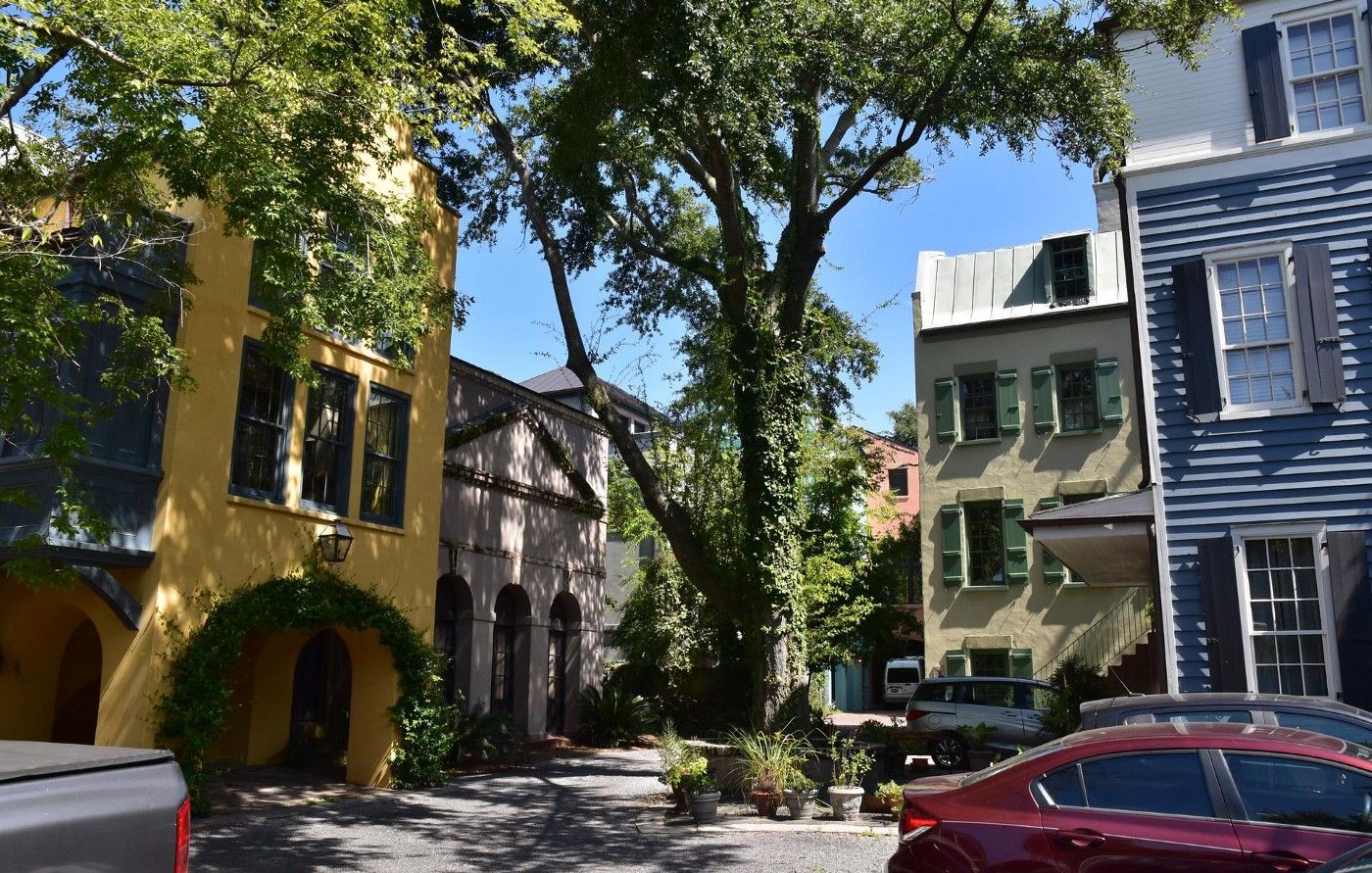
These are the seeds that will lead to a future of many more great places. Inspiration leads to realization. When people see that something can be done, they’ll be more inclined to do more things like it in the future. When they think it’s impossible — or don’t see anything like it at all — there’s little hope of creating something better. How could you think about doing something if you’ve never seen it done before? Creating something without a reference to existing precedents is very hard.
That’s why taking the first step towards realizing better places requires a tremendous amount of optimism. A belief that a better future is possible, even if it’s not predefined. One has to have an immense level of conviction in some imagined reality in order to shepherd its creation — especially when it’s an endeavor as costly as real estate development. This is a narrative long attributed to tech entrepreneurs — conjuring new realities that most can’t even imagine — but it’s one that applies equally as well to authors of the built environment. Fed up with the status quo, the developers, designers, contractors and all associated parties of a given project come together to realize a better future, imbuing their own brand of optimism into it. It would be easy to continue building on the platform of our existing development patterns, as there’s far less friction along this path. But ultimately, it’s a far less rewarding, and far less desirable mode of living.
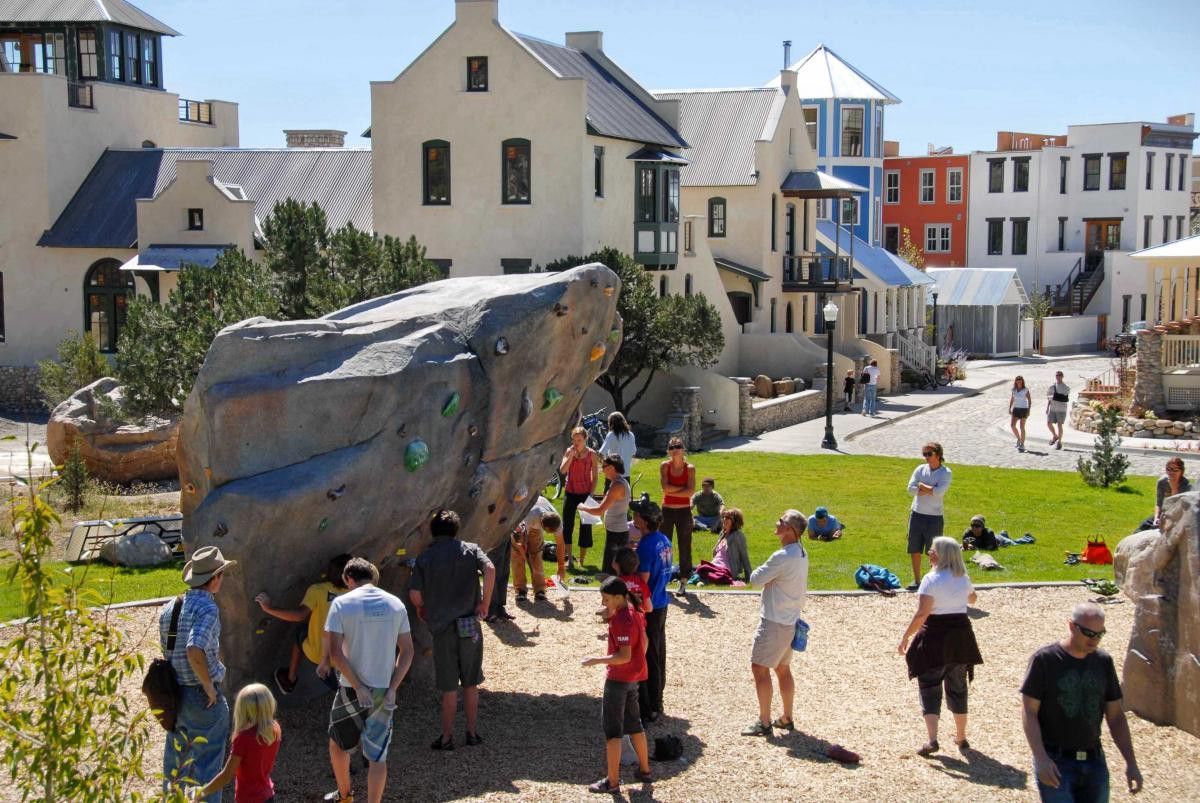
The seeds of this modern strain of optimism can be traced back to the pioneering work of the New Urbanists in the late 20th century, which continues through today. Driven by a desire to rectify the ills of midcentury planning and sprawling development patterns, a small group of architects and planners (Andrés Duany, Elizabeth Plater-Zyberk, Elizabeth Moule, Stefanos Polyzoides, Peter Calthorpe, Hank Dittmar, and Daniel Solomon, among others) formed the Congress for the New Urbanism in 1993. According to the founding charter, "The Congress for the New Urbanism views disinvestment in central cities, the spread of placeless sprawl, increasing separation by race and income, environmental deterioration, loss of agricultural lands and wilderness, and the erosion of society’s built heritage as one interrelated community-building challenge."
These principles have informed a generation of practitioners of the built environment, both directly and indirectly. Indeed, New Urbanism has been formative in my own intellectual and professional journey. My core operating philosophy is that we have to create an abundance of places such that our communities can become more affordable, beautiful, walkable, diverse, sustainable, and connected.

The most well connected, walkable, sustainable, and importantly beautiful places (from an urban form & design perspective), are in such demand, and so scarce, that they’ve lost their diversity and affordability. We must rectify this, so that access to these most venerated places can be decentralized; we have to adopt an abundance of beauty agenda. The ability to live in a high quality, fundamentally good place shouldn’t be tied to one’s race or class. This requires a marriage of market, aesthetic, and urbanist based solutions. We have every reason to forge ahead in this direction, and no reason why we cannot optimistically agitate for it. Even zoning is just a barrier that can be broken down when its fatal flaws are broadly internalized. But we need to show it’s possible, that this isn’t some utopian pipe dream of idealists.
A Year of Building Optimism
And so, for the better part of a month I’ve been working on a project on Twitter to do just this. Every day, I post one fundamentally good new development in either the US or Canada. I’ve excluded the rest of North America as it doesn’t face the same type of restrictions as the US and Canada do in creating new places. Namely zoning, and the associated building regulations that conspire to make the type of places we used to create — and now revere — illegal. I aim to feature one project every day for an entire year. A year of building optimism, as it were. As I began just before New Years in 2021, the 365 day project will end just after Christmas, 2022.
The goal of this project is to shine a light on those places that are bucking the trend of the last century of sprawling, anonymous, and destructive development patterns. To champion beautiful, fun, diverse, sustainable, affordable, and walkable places. To celebrate the people doing the important work of creating better places, and encourage more of it! To prove we can still build well, and inspire other practitioners to jump into the fray. The more we show what’s possible, the more people will get to enjoy them. This will lead to the market demanding more of these places (as it currently is), and eventually cause more of them to get built. It’s a flywheel of virtuous building!
This project is agnostic of style. While I’ve tried my best to feature contemporary looking developments, it seems to me that places that emulate traditional building principles tend to have better design, better bones, and on the whole are more enjoyed. These projects come from all corners of the continent, and are unique in their own special ways, but alike in that they’ve been built sometime in the last ~20 years. These featured developments won’t include majority adaptive reuse projects or renovations, as they’re primarily composed of older bones that aren’t the result of modern context.
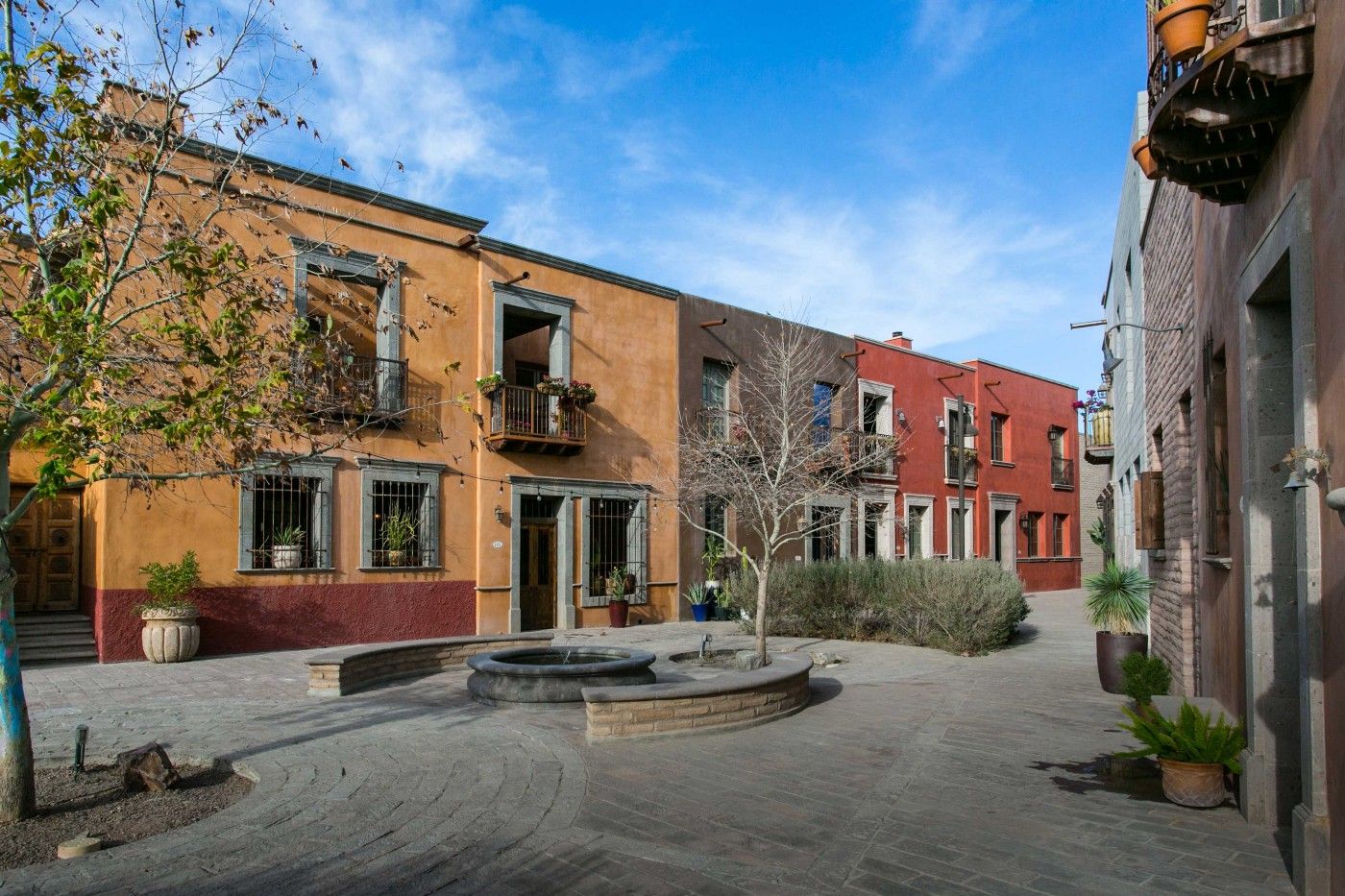
Here’s a spreadsheet with a running list of the projects so far. It’ll be maintained periodically with information on each project, and links to those who made these places possible (where available information allows). I would love for this to be a collaborative initiative, where your suggestions of your favorite projects can be added to this collective siren’s call for better development. If this interests you, please check out the "Suggestions For Future Projects" tab in the attached spreadsheet. I really look forward to seeing what you enjoy and are optimistic about!
So far, this has been a deeply gratifying experience. Beyond the connections I’ve made with both people I greatly admire, and newfound friends, my favorite part has been the disbelief I’ve occasionally been met with when someone sees a project of such high quality that they can hardly believe it was recently built — these are the tides of possibility turning in real time!
This project isn’t without its challenges, though. While there are likely 365 high enough quality projects to be found (based on my subjective, ever-changing intangible criteria), there aren’t nearly as many as one would think, and they’re not easy to find. It’s quite hard, and sometimes results in trade offs. Unfortunately, some projects might not meet the threshold of desired affordability for creating diverse communities. While some are designed to be luxurious (which isn’t bad in its own right) many might be more expensive than they should be due to the zoning & building code constraints imposed on them. My hope is that if more projects of higher quality are delivered, regardless of price, local governments will remove constraints, and the market will get a signal that more of these types of projects should be built. It might be optimistic, but that’s the point!

Triumph Over Cynicism In Our Fight For Better Places
There’s a lot wrong with our current built environment, and the underlying regulations, incentives, and imperatives that drive our development patterns. There’s a lot to be indignant about, morally absolutist, and righteous. There’s a lot to shake our fists at, grimly mock, or blink absently at. It’s so easy to fall prey to fatalism for all of these reasons. But we must triumph over this cynicism. There’s so much worth celebrating. Let me modify that; there’s so much that needs celebrating.
We haven’t forgotten how to build like we used to. In fits and starts, we’ve continued to do it across the country — if perhaps out of view of most eyes. Increasingly, we’re doing more of it. Cynicism has just made embracing it feel regressive, despite fine grained, human scaled, & well designed places continuing to be the most desirable areas to live in our cities — not to mention the most sustainable, salubrious, and dynamic.
Sure, I’d love to build something that looks like that here, but it will never happen. We’re too far gone. Not with that attitude we won’t! Our built environment is a series of concerted decisions. That we live in places shaped by the hands of people is empowering. We can shape our places towards the future we want to see. We don’t have to reserve these places for sets we visit on vacation. It’s not as though some immutable laws of the universe prohibit us from changing a wholly unsatisfactory world in our backyards. The only thing that’s stopping us, is us. We can choose to make better a one! It may be difficult, but our history shows us a better way is possible. We have to believe in the promise of better places; the power we wield towards that end.
Negativity may make one seem smarter, but it doesn’t get anything done. We’re far past the time for caustic retorts on why these things can’t be accomplished, or how they’re just the musings of idealists. Besides, positive folks tend to be more competent. Being a cynic is easy. Blazing an untested path requires a level of optimistic determination, which doesn’t acquiesce to unacceptable status quos, or doom us to the worst of our past out of laziness.
Discourse surrounding the state of our places has boiled over. In such a charged environment that deprives many of so much, we find ourselves faced with a rather peculiar situation. Namely, that so much of what’s built is either so bad, so so exceedingly banal, that when something perfectly average gets delivered, there’s much fawning over it. Places that are *fine*, but nothing special, end up guiding development. That awards are given for otherwise wholly unremarkable places is testament to this. Are we okay with our world being merely fine, or do we want to live in aspirational places that make us happy, healthy, more connected to others, and free to pursue opportunities that are restricted elsewhere? What’s the point in depriving ourselves?
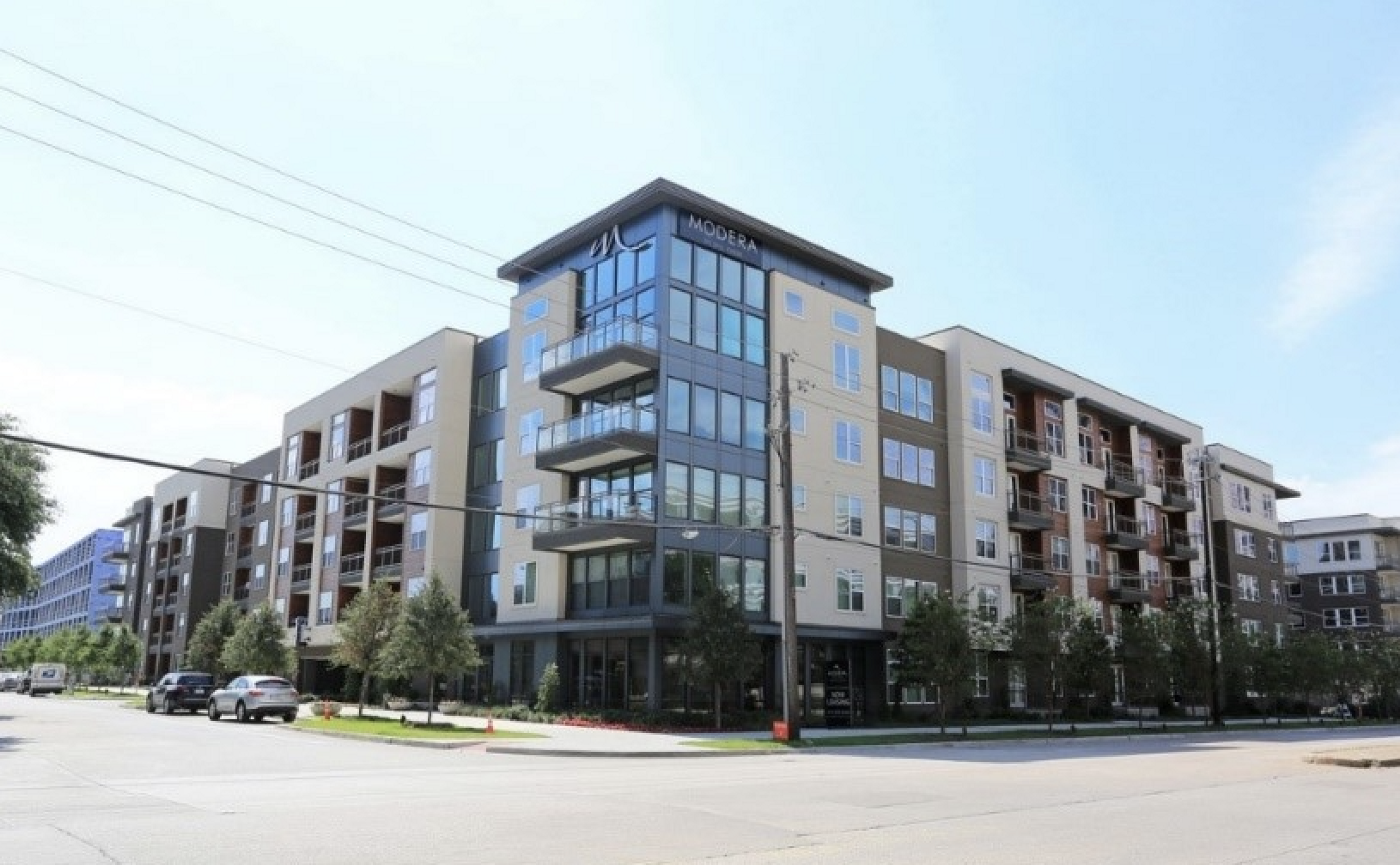
Michael Mehaffy’s notion of "Quality In My Backyard" is a good reference here. In the interminable wars of YIMBYs & NIMBYs, where each side refuses to cede ground resulting in a series of frustrating stalemates, a truce must be brokered on those areas that can be agreed on. Where YIMBYs are right in campaigning for more housing as the solution to supply-demand imbalances that have resulted in crippling housing crises, their total war ignores the more qualitative, sensitive community-based concerns opponents have. While many NIMBYs don’t act in good faith in their opposition — often due to their vested economic interests and yes, sometimes, discriminatory beliefs — their concerns over a purely supply driven solution are well merited. We don’t live in supply & demand charts. We live in communities. We don’t want to be left with a world where we have enough housing, but it’s not desirable enough to be in. When we do get to an abundance of housing (which we will sooner, or more likely, later), those with the fewest choices will be relegated to the worst places. This is bad. We need to build as much as we can, as well as we can.
For those who work in development, design, construction, planning, lending, or any trade that has a hand in the creation of our places, be bold in imagining a better world. We must be unafraid in the pursuit of a better future, undaunted by the uncertainty this path presents. We must adopt an practice of optimism, so that, through sheer desire and brute force, we can create a new paradigm that delivers beautiful and worthwhile places. Places people can enjoy, and reap their many everyday benefits too. If you don’t work in the built environment, you can support these projects and initiatives with your own brand of optimism. Whether that be choosing to live or frequent a place you find lovely (if you’re able to), or advocating for their creation within your own community. We need as robust and broad a coalition of optimists as possible to turn around the state of our places.

We’d be mistaken to take ourselves too seriously. At the end of the day, most who interact with the built environment do so casually. This isn’t because they don’t care, or have no stake in the world around them. They do — as much any one else. But it’s outside their everyday lives. People can only concern themselves with that which falls firmly into their priorities. Much as we’d wish otherwise, the exacting considerations of design, the minutiae of our regulatory state, and the ongoing consequences of our antiquated zoning codes just aren’t priorities for most people. And that’s okay!
Instead of sneering as cynics, or lecturing on how we should do things through unapproachable, high brow rhetoric, we must emphasize that ours is a welcoming, joyous community. That we’re working on creating a better future where all of us get to enjoy the benefits. Don’t be afraid to throw some exclamation points around, share some beautiful pictures, and have a little fun! I’m okay with being excitable, and gushing about that which excites me. I think many others are too! If we don’t derive joy from the things we surround our lives with, what’s the point?
Let’s all be optimists, and move towards creating, and enjoying better places. If we don’t, our built environment will only further devolve, our health will only get worse, our joy will only get more deplenished, and we’ll only become more polarized. But we have hope. We have optimism. We have the future. It’s up to us to take this flicker and nurture it into a fire the whole world can see.
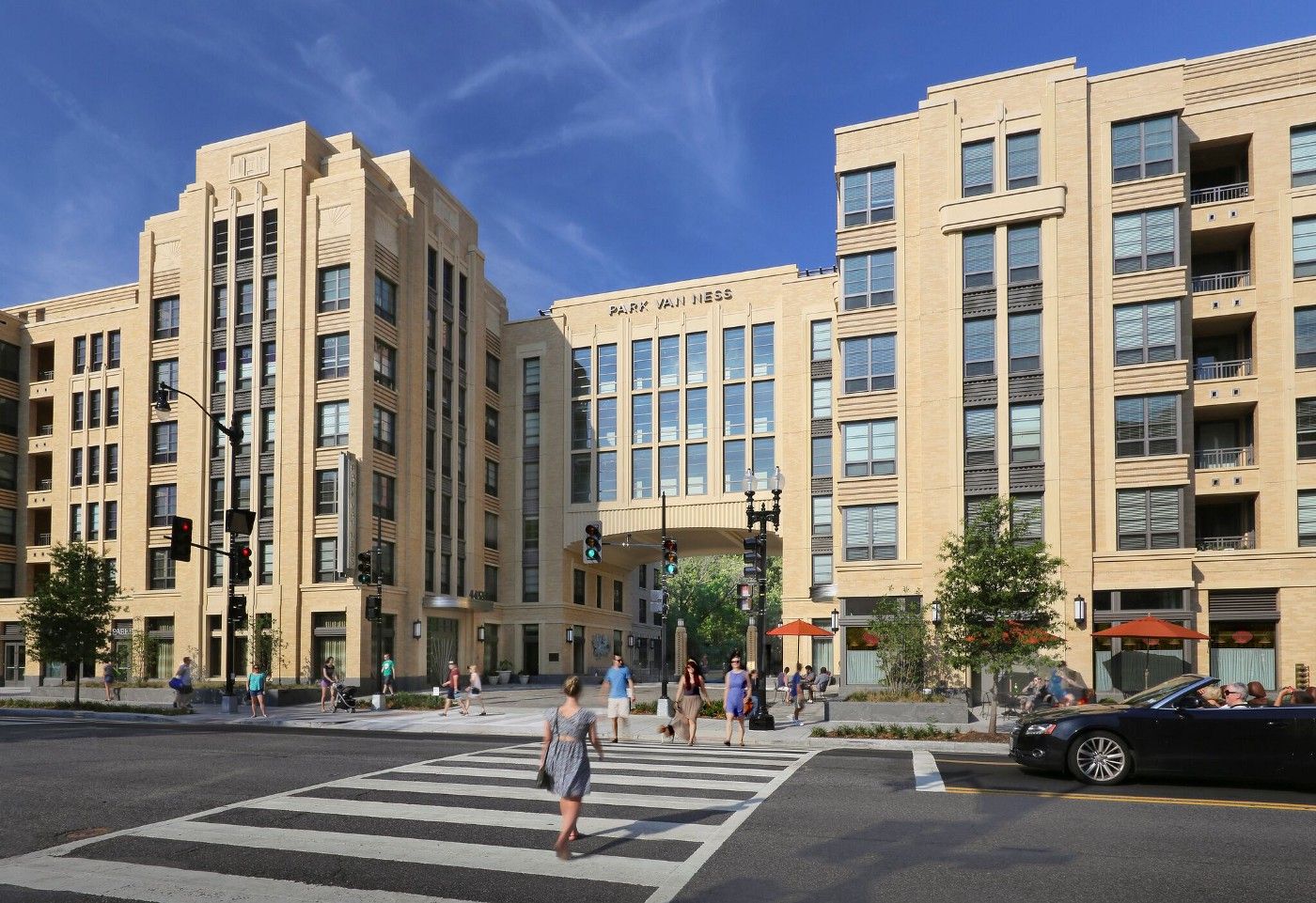
Keep up to date with all of my latest articles!
If you're looking for the latest perspectives on the hottest topics in cities, real estate development and urban planning, subscribe to be added to my email list!
By signing up, you will create a Medium account if you don’t already have one. Review our Privacy Policy for more information about our privacy practices.
Pop business for the intelligent reader. A publication from Medium.
Share your ideas with millions of readers.












